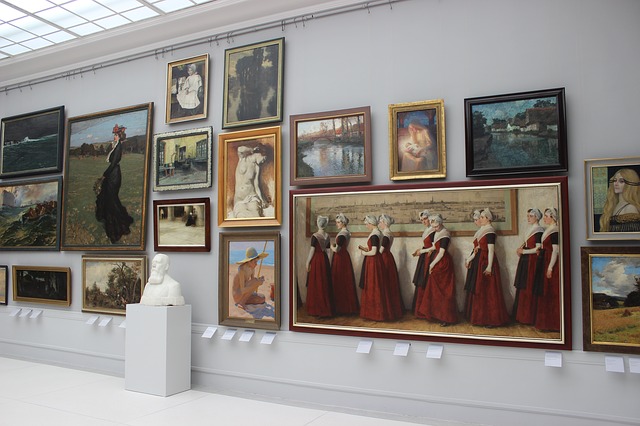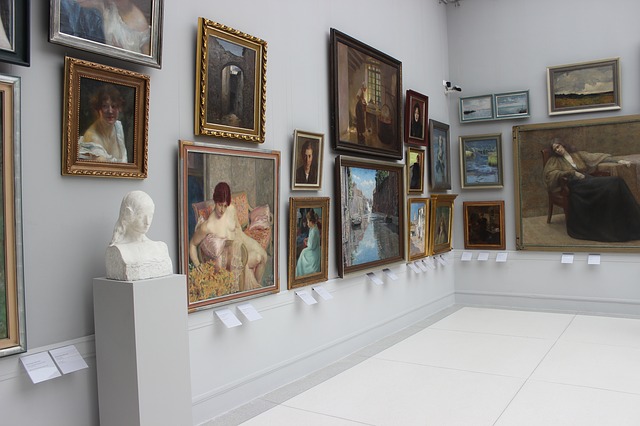When we talk about the quality of the work of art, the three “organs” prince of collecting – eyes, heart, and head – come into play, which must necessarily work in unison to lead us towards a conscious purchase. Let’s see, then, what are the qualitative aspects of a work that must be verified, firstly, when deciding to buy or collect historicized artists.
How to determine the quality of a work of art
It is necessary to evaluate the work to understand if it has the “right” date, therefore, from a double point of view. The first concerns the history of art. This focuses on the artist’s research and work in a specific historical period. The other concerning the artist’s career. Was the work done in one of the artist’s creative heights or, instead, does it belong to a more repetitive phase of his career?

The term “representativeness” means something as simple as it is essential. That is, whether or not the work reflects the peculiar characteristics of the artist who produced it. This, although an artist, throughout his career, has ventured with various expressive modalities, contents, and different inspirations (think of Picasso). The more the “sign” of its author will be recognizable in a work, the more representative it will be. Also, in this case, it is necessary to know the production of the artist you are about to buy well.
Rarity and other criteria
During the career, the artists try their hand at multiple techniques and supports. And not all techniques and supports have the same importance within the production of a particular artist, and this has a heavy influence on their economic value. This is an assessment to be made on a case-by-case basis. In addition, knowing the technique and support gives us valuable information on how a work will be preserved.

The rarity factor is an added value that has important effects from a purely economic point of view. In this case, rarity means difficult availability on the market. Some examples: the work of an artist whose production is almost entirely preserved in museums is rare.
Origin of the artwork
The origin, on the other hand, has nothing to do with the intrinsic quality of the work. When we talk about provenance, we mean from which collection/property the work placed on the market originates, from which merchant/gallery, etc. The more prestigious the person who puts it up for sale, the more the work will have added value in economic terms. Provided, of course, that the first two elements exist. The exhibitions in which the work was in are also to cite in the provenance.
As you will have seen, talking about quality in the art market brings into play various factors that are not always closely related to the artist and his creation. But these are elements that can influence the value of an artwork in a more or less significant way. And when dealing with the market, it is necessary to take them into account. This is why when venturing into the art market, it is essential to have the support of art advisors who can direct new collectors towards safe investments and quality works of art!